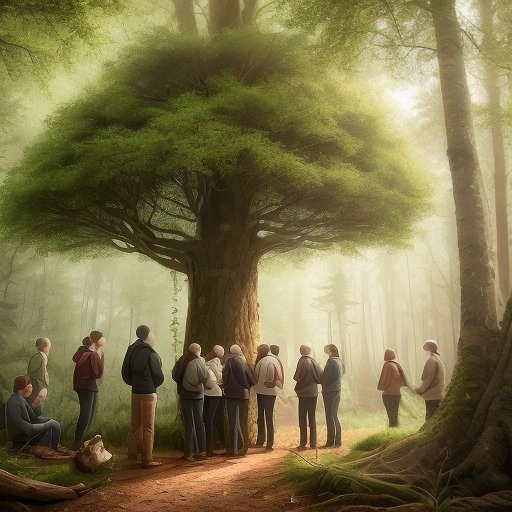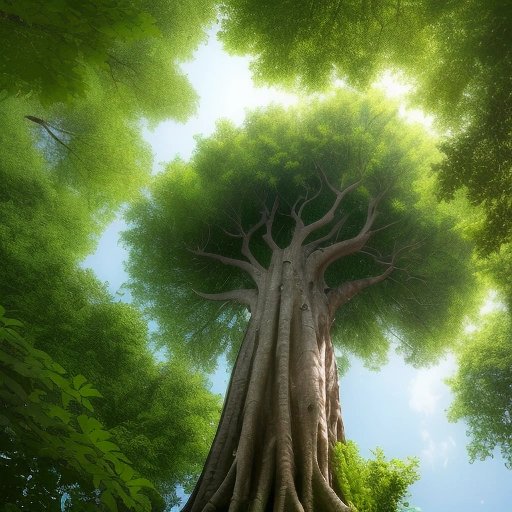Recent eyewitness reports offer compelling evidence that the elusive tree octopus, previously thought to be extinct, is alive and well. According to our sources, the tentacled wonder has been spotted in various North American forests, where it has been quietly going about its business for decades.
As many of you may recall, the tree octopus was once believed to be on the brink of extinction due to the loss of its natural habitat and overhunting by humans. Experts predicted that the creature may soon vanish from the face of the planet altogether.
But amidst all of this doom and gloom, the tree octopus had other plans. It seems that while we humans were going about our daily lives, the tree octopus was busy adapting to its surroundings and developing new ways to evade detection.
According to eyewitness reports, the tree octopus has a unique ability to blend in with its surroundings and remain completely undetected by unsuspecting passersby. Some have reported that the creature is able to change the color of its skin to match the bark of the trees it inhabits. Others have claimed that the tree octopus is so agile that it can move effortlessly through the trees without making a sound.
Of course, not everyone is convinced that the tree octopus actually exists. Some skeptics have argued that the sightings are nothing more than hoaxes perpetrated by overzealous nature lovers. But those who have seen the creature in the flesh have no doubts about its existence.
In fact, some have even gone so far as to capture photographic evidence of the elusive creature. While the photos may not necessarily be clear, they do provide some evidence that the tree octopus is indeed real.
Despite the compelling evidence in support of the tree octopus, it seems that the scientific community is still unconvinced. Experts have demanded further proof of the creature's existence, in the form of DNA analysis and other rigorous testing methods.
But for those of us who have seen the creature firsthand, there is no doubt that the tree octopus exists. And while the skeptics may continue to doubt, we will remain steadfast in our belief that this remarkable creature is alive and well in our North American forests.




